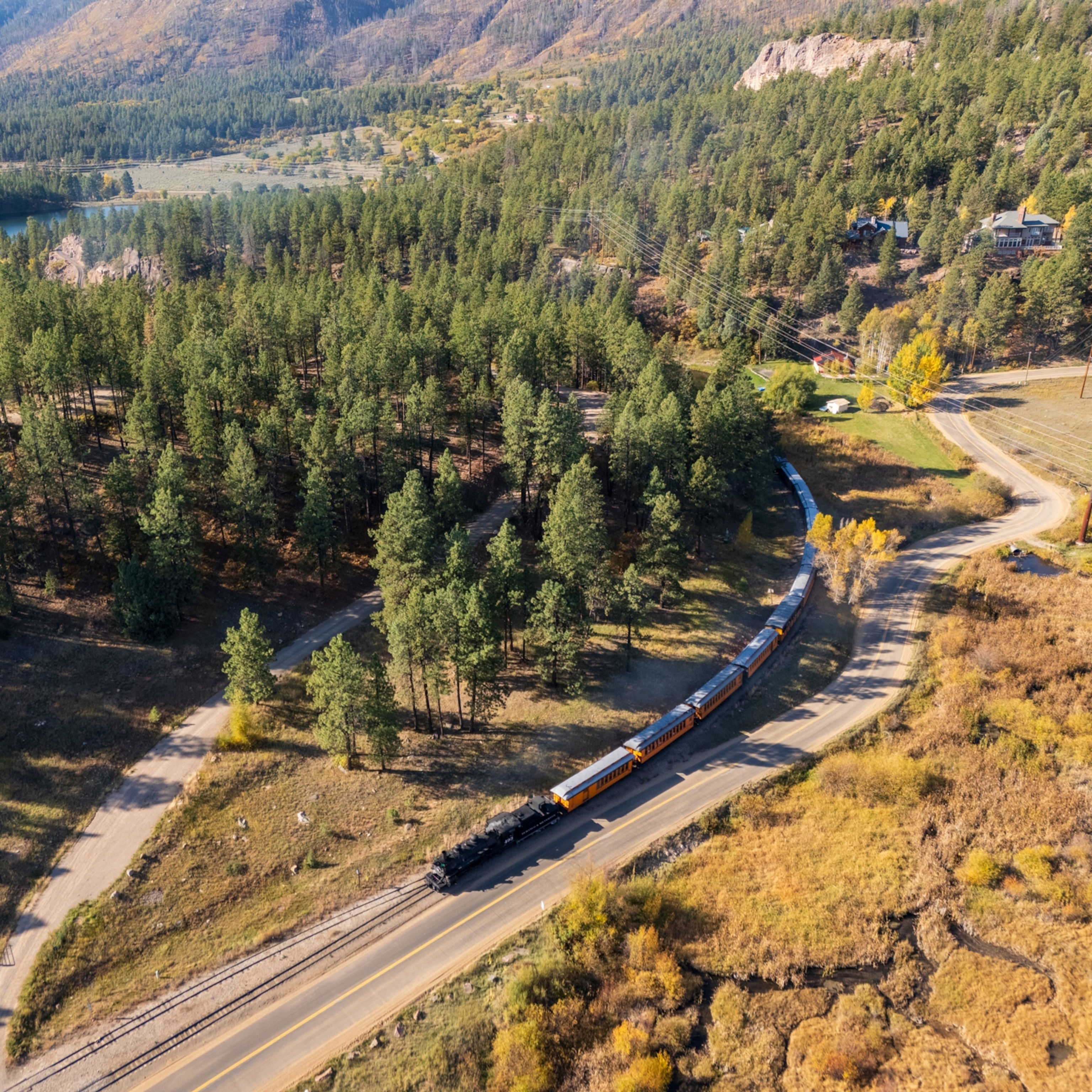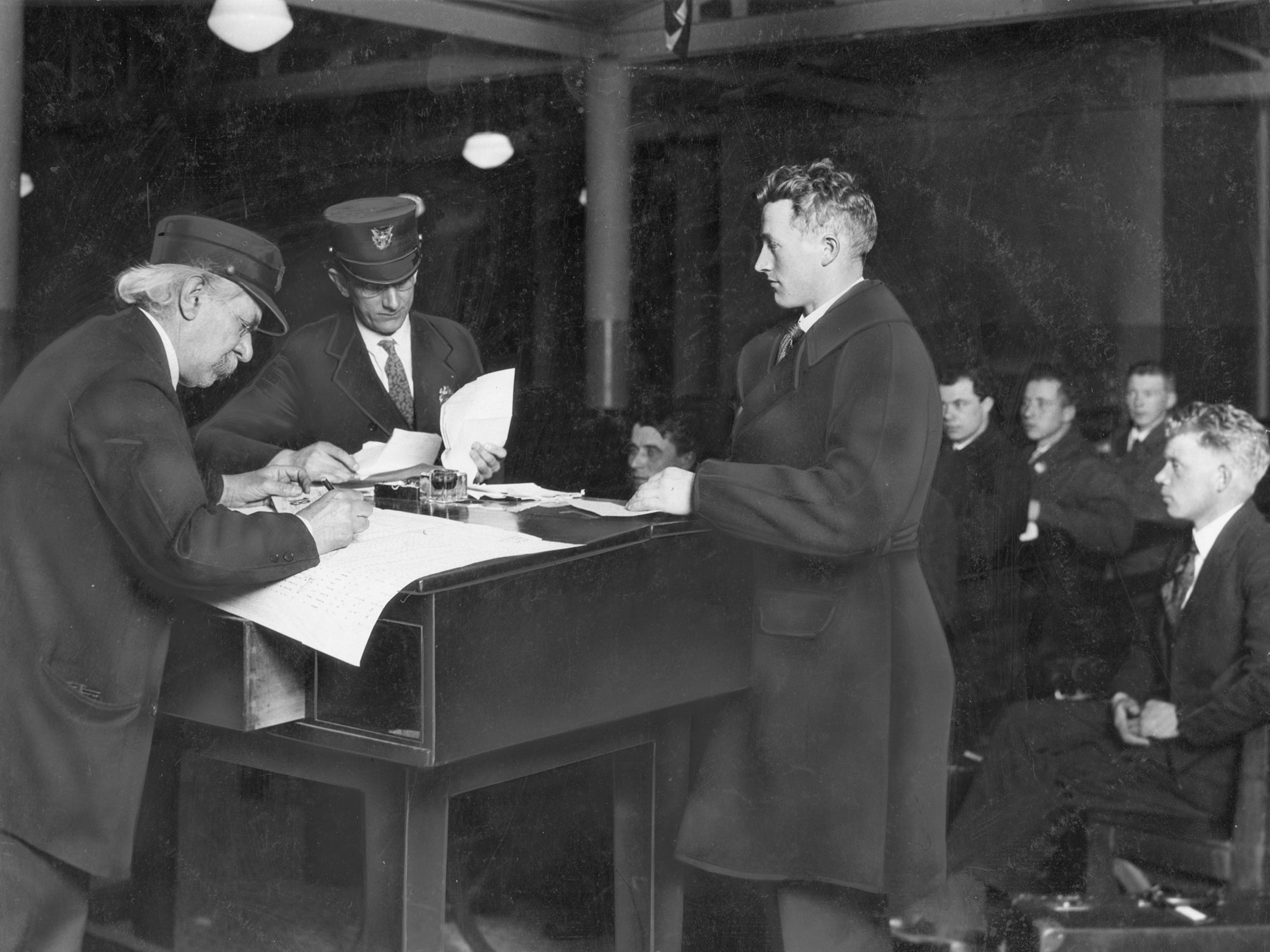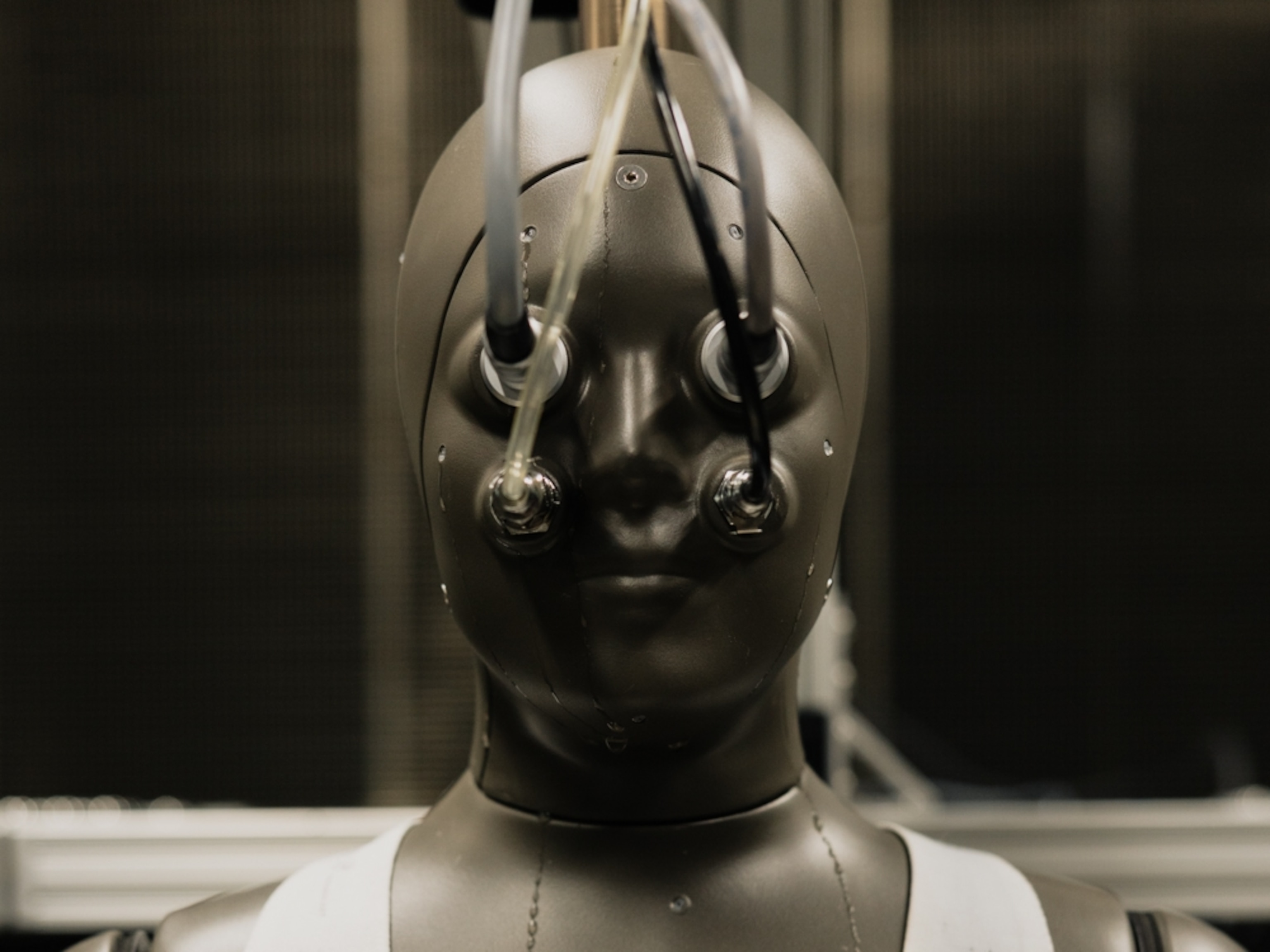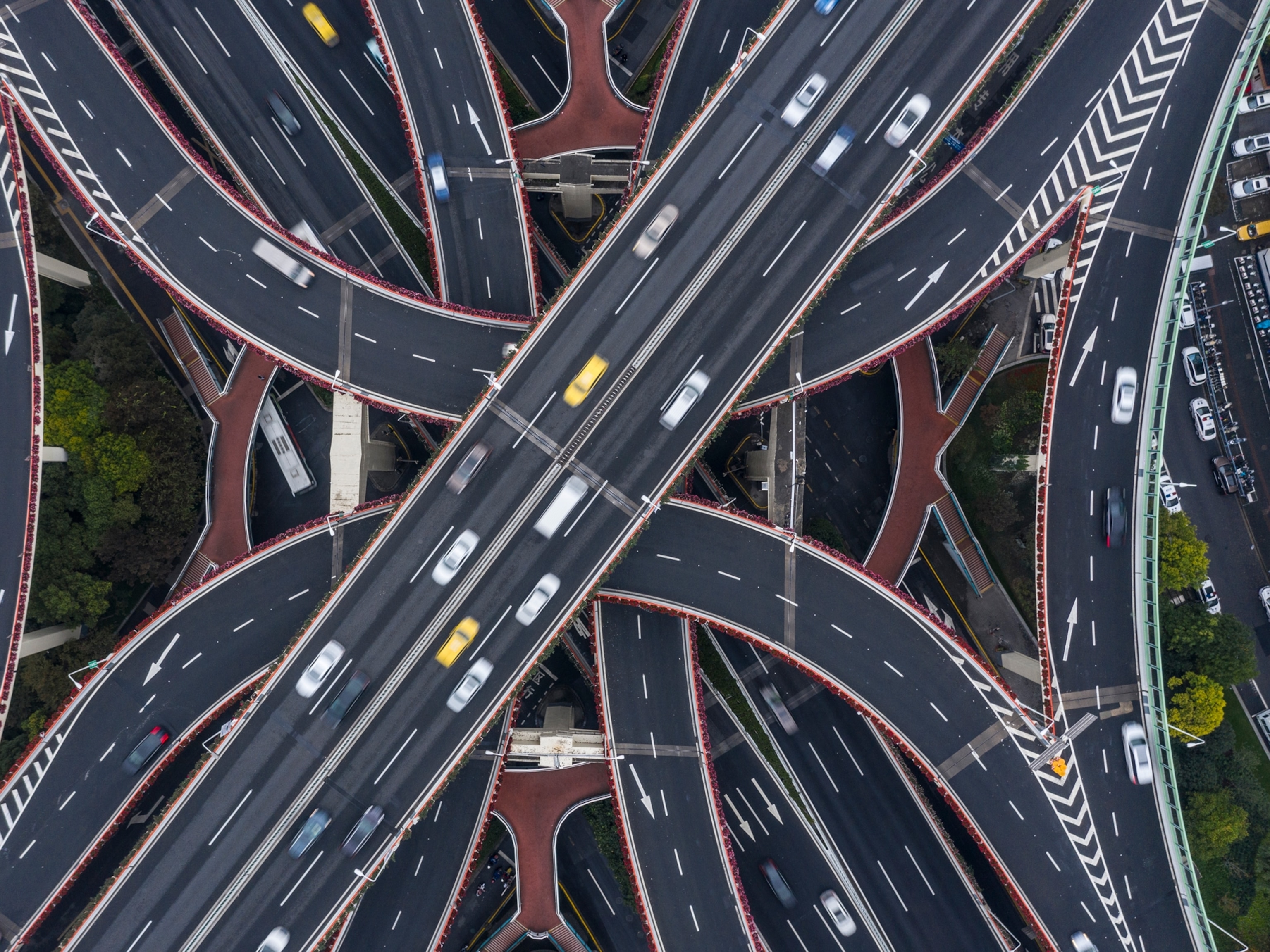
Musk's Hyperloop Plan Draws Praise, Skepticism
Is 'fifth mode' of transportation just hype?
Serial entrepreneur Elon Musk on Monday unveiled his long-awaited plans for a potentially revolutionary "fifth mode" of transportation. Dubbed the Hyperloop, the new mode of transport would complement planes, trains, cars, and boats as a means of travel.
Hyperloop involves shooting a solar-powered, aluminium pod that floats on a cushion of air through an elevated tube at near-supersonic speeds. The entire system resembles the pneumatic tubes that are used to shuttle paper between different parts of old buildings. (See related pictures: "Amazing Transportation Inventions.")
In a 57-page white paper released Monday, Musk estimates Hyperloop could traverse the 400-mile (640-kilometer) distance between Los Angeles and San Francisco in about half an hour while traveling at speeds of nearly 800 miles per hour (1,287 kilometers per hour).
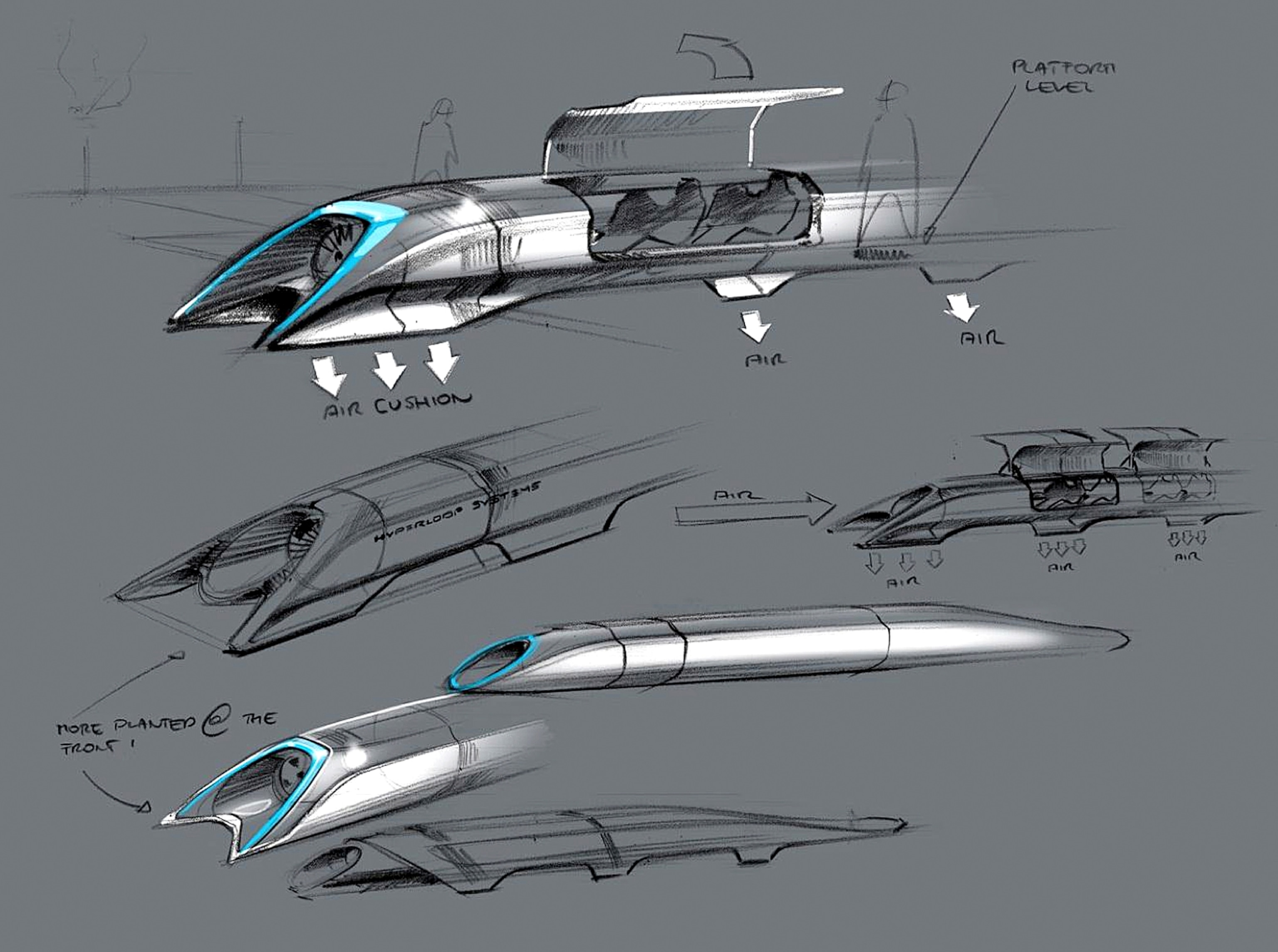
"Short of figuring out real teleportation, which would of course be awesome (someone please do this), the only option for super fast travel is to build a tube over or under the ground that contains a special environment," wrote Musk, who co-founded PayPal, and is the current CEO of the electric carmaker Tesla and the rocket-building company SpaceX. (See related blog posts: "In Tesla-NYT Spat, Cold Realities About Electric Cars" and "Tesla's Musk Promises to Halve Loan Payback Time to DOE")
The plans call for the Hyperloop track to run parallel to California's I-5 highway, and for it to be elevated on pylons so as to avoid traffic and complicated land purchase issues. Capsules could leave stations every 30 seconds, and carry 28 passengers each. Tickets would cost just $20 each way, according to Musk.
“That would be [fantastic], but the devil’s in the details,” said Mark Thompson, an electrical engineering professor at Worcester Polytechnic University and president of Thompson Consulting, Inc. in Massachusetts.
Thompson said he hasn’t seen anything in the white paper that would be a technological deal breaker preventing the Hyperloop from being built. In fact, Musk’s team drew upon mostly existing technologies when designing the system.
The trick will be combining the technologies in a novel way, Thompson explained. “I think the technology is feasible, but it’s an engineering challenge to make the thing work,” he said in an interview.
“The question is how, engineering-wise, you put those pieces together so that it’s safe and comfortable for passengers? … Nothing at this speed has ever been built for [land] transportation.”
Mixed Reactions
The response from the public and the press to Musk's science fiction-sounding idea was instantaneous, and fell largely into one of two camps. First, there are those who praised Musk for his vision and hope Hyperloop will become a reality.
Twitter user @TimothyEden wrote, "I think that the #Hyperloop is the most amazing thing ever. Please make it happen."
@Hugo_Lz was so excited that he simply tweeted, "@elonmusk => President ! Please !!!!!!!"
But amidst the praise has been a growing chorus of skeptics who are either underwhelmed by the plans or who are skeptical that Hyperloop can be built. Many compared the hype surrounding Hyperloop to the buzz that accompanied the debut of Segway scooter in 2001, which never really caught on with the public.
Twitter user @mozumder wrote, "I don't really see what the big deal is about the #hyperloop. Elon's report is on par with an undergrad thesis."
Richard White, a professor of American history at Stanford and author of Railroaded: The Transcontinentals and the Making of Modern America, was also skeptical.
"It doesn't seem plausible to me," White told The New York Times. "I'm suspicious about everything, especially cost."
Musk says he thinks his system can be built for $6-10 billion, depending on whether it will be able to transport cars or not.
"You can't even build the Bay Bridge for that much money," White said, referring to the still-unfinished renovations of the Bay Bridge connecting San Francisco and Oakland, which are expected to cost $6.3 billion.
Twitter @RiaRomano worried about the safety of Hyperloop: "Is it just me or does anyone else think the Hyperloop sounds dangerous? No room for error at those speeds."
Safety Concerns
Musk acknowledges in his paper that there are risks, but argues that the system is safer than airplanes, trains, or automobiles.
For one thing, because Hyperloop's capsule will travel in an enclosed space, it will be immune to wind, ice, fog, and rain.
Furthermore, because the capsule will cover the vast majority of its route by coasting, it will not require continuous power, Musk writes. The capsule's life support system will be powered by two or more lithium ion battery packs and will not be affected by blackouts.
As in airplanes, oxygen masks can also be deployed inside the Hyperloop capsules in the event of a sudden depressurization.
"Once the capsule reached the destination safely it would be removed from service," Musk writes.
"In the unlikely event of a large scale capsule depressurization, other capsules in the tube would automatically begin emergency braking whilst the Hyperloop tube would undergo rapid re-pressurization along its entire length."
Because Hyperloop will be traveling through earthquake country, it would also be designed to withstand strong temblors.
"The entire tube length [will be] built with the necessary flexibility to withstand the earthquake motions while maintaining the Hyperloop tube alignment," Musk writes.
Another concern—from the standpoint of passenger comfort if not safety—are vibrations within the moving capsule, Thompson said.
“This thing is levitated and is subjected to forces when it’s accelerating,” Thompson said. “How is it going to vibrate going down the tube? And can you overcome the vibration problems in a lossless enough way so that it’s inexpensive and a comfortable ride.”
Oversimplifying?
Dan Richard, the chairman of the California High-Speed Rail Authority, suggested Musk was oversimplifying the challenges.
Speaking to the Associated Press, Richard said, "If and when Mr. Musk pursues his Hyperloop technology, we'll be happy to share our experience about what it really takes to build a project in California, across seismic zones, minimizing impacts on farms, businesses and communities, and protecting sensitive environmental areas and species."
There is also the question of who would actually build the Hyperloop. Musk says he is so busy with his other companies that he does not have time to tackle the project now, but he hinted that he might pick up the challenge in a few years' time if there are no other takers.
CNET executive editor Molly Wood said that even if Hyperloop turns out to be "another Segway," just the fact that so many people are talking about it is significant.
"I remain thrilled because we are actually talking about a new idea and imagining the kind of future that we can and will have thanks to technology," Wood wrote.
"I'm thrilled because this is a conversation about solving big issues with big ideas and not with cautious, incremental, compromised, and cynical status quo concepts."
Follow Ker Than on Twitter.
This story is part of a special series that explores energy issues. For more, visit The Great Energy Challenge.



